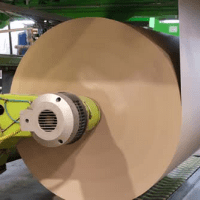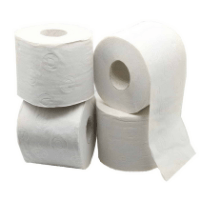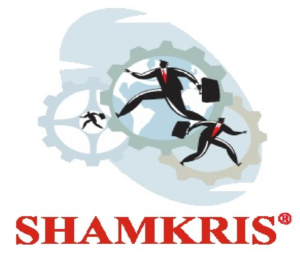Paper & Paper Products Industry
Paper & Paper Products Industry?
Paper and paper products means products made of interwoven cellulosic fibers held together largely by hydrogen bonding. “Paper and paper products” includes newsprint; office, printing, fine, and pressure-sensitive papers; paper napkins, towels, and toilet tissue; kraft bag, construction, and other kraft industrial papers; paperboard, liquid packaging containers, containerboard, corrugated, and solid-fiber containers including linerboard and corrugated medium; and related types of cellulosic products containing primarily.
By weight or volume, cellulosic materials. “Paper and paper products” does not include books, newspapers, magazines, periodicals, and other printed publications, advertising materials, calendars, and similar types of printed materials.
The pulp and paper industry comprises companies that use wood as raw material and produce pulp, paper, paperboard and other cellulose-based products.
Over the centuries, paper has been made from a wide variety of materials such as cotton, wheat straw, sugar cane waste, flax, bamboo, wood, linen rags, and hemp. Regardless of the source, you need fiber to make paper. Today fiber comes mainly from two sources — wood and recycled paper products.
Paper & Paper Products

Manufacture of pulp

Manufacture of paper and paperboard

Manufacture of corrugated paper and paperboard and of containers of paper and paperboard

Manufacture of household and sanitary goods and of toilet requisites

Manufacture of paper stationery

Manufacture of wallpaper

Manufacture of other articles of paper and paperboard
Role of Shamkris
A Project Report is a document that provides details on the overall picture of the proposed business. The project report gives an account of the project proposal to ascertain the prospects of the proposed plan/activity.
Shamkris will provide a Project report covering Industry License requirements, competitor analysis, Land requirements, machinery requirements, equipment requirements, and financial requirements.
Some of the areas covered in the project report are outlined below:
- Introduction
- Project Description
- Uses and Applications
- Market Survey
- Raw Materials
- Manufacturing Process
- Process Description
- Process Flow Diagram
- Plant Layout
- Details of Plant & Machinery
- Suppliers of Raw Materials
- Suppliers of Plant & Machinery
- Plant Location Factors
- Land & building Required
- Power and Water Required
- Details of Manpower Required
- Financials of the Project
- License and application Certificate
Financials of the Project includes:
- Land and Building Costs
- Plant and Machinery Costs
- Other Fixed Assets
- Fixed Capital Investment
- Raw Material Costs
- Salaries and Wages
- Total Working Capital
- Cost of Project
- Total Capital Investment
- Cost of Production
- Turnover per Annum
- Profitability Analysis
- 5-year Profit Analysis
- Break-even Point
- Resources of Finance
- Cash Flow Statement
- Projected Balance Sheet
FAQ
The paper pulp (from wood chips, recycled paper, or both) is fed into the paper-making machine. … While the paper is still damp, it is fed through a series of heated rollers which press it and dry it. The paper is then spooled into huge rolls, cut into various sizes, and converted into paper products.
It is a versatile material with many uses, including printing, packaging, decorating, writing, cleaning, filter paper, wallpaper, book endpaper, conservation paper, laminated worktops, toilet tissue, currency and security paper and a number of industrial and construction processes.
